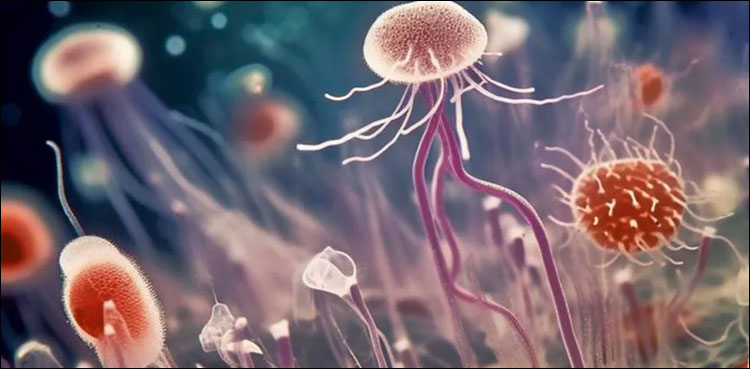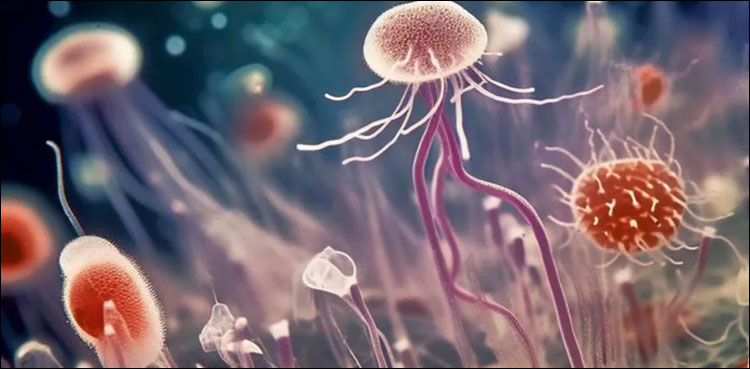Analysis of billion-year-old rocks in Australia has shocked paleontologists after they discovered a ‘lost world’ of ancient creatures.
According to the details Scientists in northern Australia have discovered a ‘lost world’ of ancient organisms in billion-year-old rocks, which they say will change the world’s understanding of early human ancestors. can come
The researchers found in these rocks a microscopic organism called the Protosterol Biota, part of a family of organisms called eukaryotes that lived in Earth’s waterways about 1.6 billion years ago.
Eukaryotes have a very complex cellular structure that includes mitochondria (the powerhouse of the cell), and a nucleus (its control and information center). Modern forms of eukaryotes include fungi, plants, animals and protozoa (such as amoeba).


Scientists say that humans and all other eukaryotic organisms can trace their ancestry back to a common last eukaryotic ancestor (LECA) that lived 1.2 billion years ago.
But now, he says, “the new discoveries appear to be the oldest remnants of our own lineage that predated Lea.” “These ancient creatures were abundant in marine ecosystems around the world and probably shaped ecosystems for most of Earth’s history,” says Benjamin Nettersheim, MD, of the University of California, Berkeley.
The discovery of the protosterol biota is the result of 10 years of work by ANU researchers, and the research paper was published in the journal Nature on Thursday.
Professor Jochen Brooks, a researcher who participated in the discovery with Benjamin Nattersheim, said that this protosterol is more complex and possibly larger than biotabacteria, but it is not known what it looks like. “We think it was the first predator on Earth, predatory bacteria,” he said.
The fatty fossil molecules were discovered in a rock on the sea floor near the northern tip of Australia, which was investigated by Australian, French, German and American researchers. The researchers found that the molecules had a basic chemical composition, pointing to the existence of early complex creatures, which existed before the LECA and have since become extinct.
These creatures probably evolved from about 1.6 billion years to 800 million years ago, Brooks said. The end of this period in Earth’s evolutionary timeline is known as the Tonian transformation, when more advanced organisms, such as fungi and mosses, began to flourish. But it is not known exactly when the protosterol biota became extinct.
According to Brooks, the Tonian transformation is one of the most profound environmental changes in the history of our planet. Just as the dinosaurs had to go extinct so that our mammalian ancestors could become large and abundant, the protosterol biota probably had to disappear a billion years ago to make room for modern eukaryotes.
Comments
(function(d, s, id) {
var js, fjs = d.getElementsByTagName(s)[0];
if (d.getElementById(id)) return;
js = d.createElement(s); js.id = id;
js.src = “//connect.facebook.net/en_US/sdk.js#xfbml=1&appId=1763457670639747&version=v2.3”;
fjs.parentNode.insertBefore(js, fjs);
}(document, ‘script’, ‘facebook-jssdk’));



